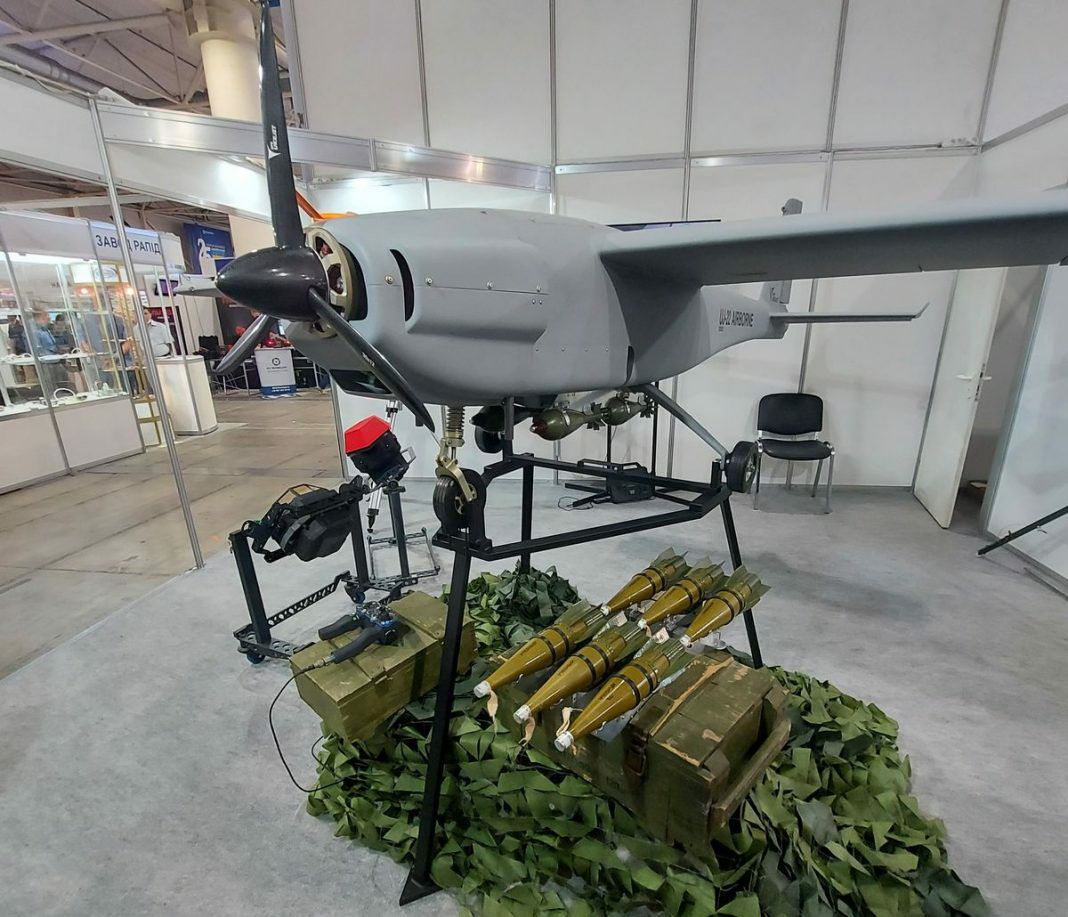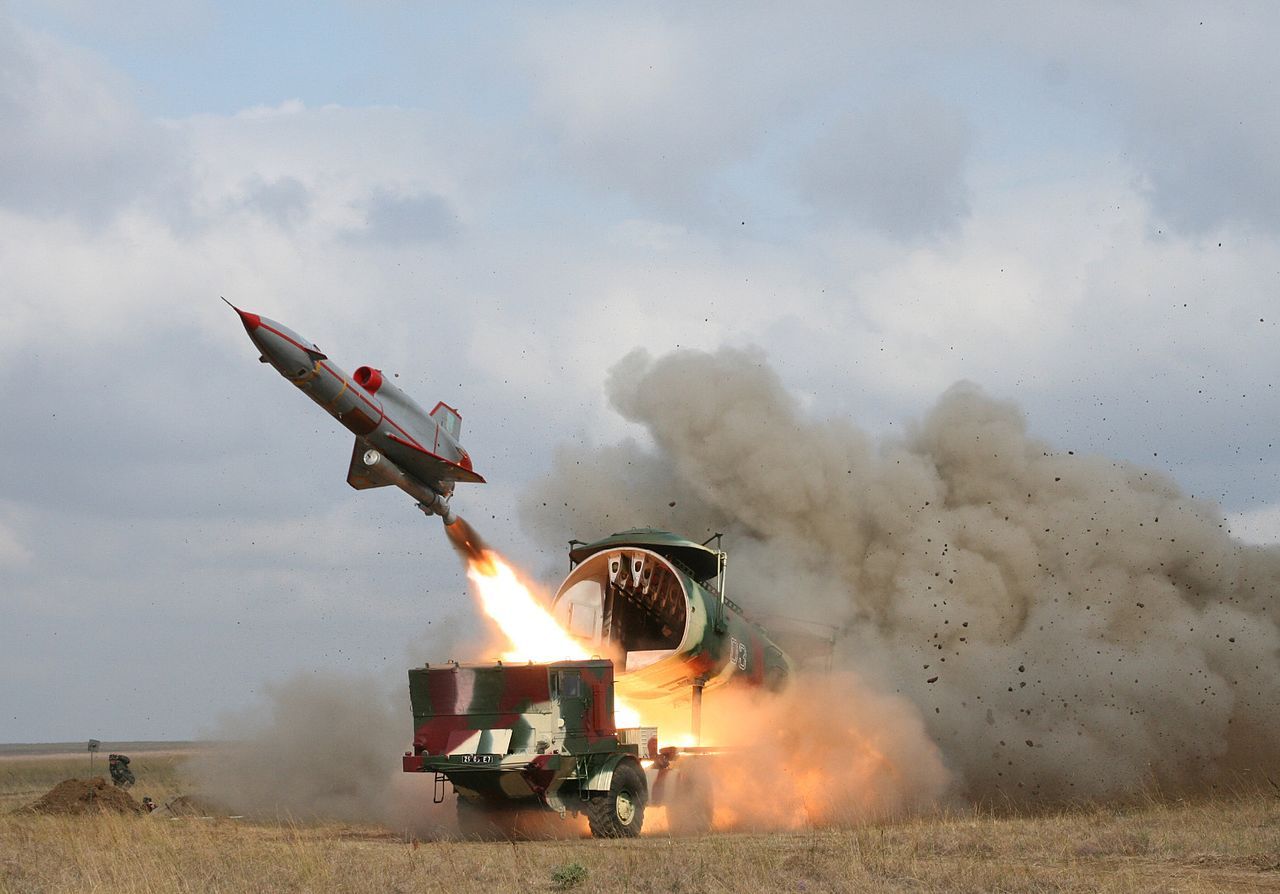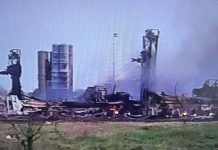Significant gaps between S-400 surface-to-air missile (SAM) systems and the possible lack of universal mobile mast systems that carry various radars created voids in Russian air defense exploited by Ukrainian drones.
Lack of enough airborne early warning (AEW) aircraft, like the Beriev A-50 targeted in the February 26 drone attack by the BYPOL partisan group at the Machulishchy air base, has also been identified as another contributory factor for drone attacks on Russia.
Defense bloggers on Russian social media and other reports reached this conclusion, while Western experts have also pointed out how Russia can use aerostats to cover the areas missed by the current placement of the radars.
Between February 27 and 28, Russia reported partially successful drone attacks at its air bases and energy infrastructure by Ukraine’s Soviet-origin Tupolev Tu-141 Strizh (Swift) unmanned vehicles and UJ22 drones. In all cases, the drones were either eventually shot down or could not successfully hit their targets.
According to a report in EurAsia Daily, one of the drones flew to a site that houses oil tanks operated by Russian petroleum giant Rosneft at Tupase in Krasnodar. “(It damaged), fortunately, only a small part of the equipment,” the EA Daily report said.
Failed UJ-22 & Tu-141 Strizh Attacks
The report added that the GPS satellite navigation system and the radio altimeter of another Swift were jammed by Russian electronic warfare (EW) near the village of Novy in the Giaginsky district of Adygea.
Photos of debris showing an air-breathing turbofan and other heavy aviation components went around on multiple Ukraine and Russia-friendly social media pages, claiming the downed Swift. This information, however, could not be independently verified.
Another pair of UJ-22 reconnaissance drones could evade the S-400 anti-aircraft missile system by flying at ultra-low altitudes. The report claimed one hit a compressor station near the village of Gubastovo, Kolomensky district.
The other reached an unspecified location in the Leningrad region, and neither caused any damage to energy and civilian infrastructure.

The main reason for the above-mentioned enemy drones to overcome the layered air defense-missile barriers can be due solely to poor placement of the S-400, Buk-M3/A, and Pantsir-S1 anti-aircraft missile regiments, the report in EA Daily said.
Russia employs layered (or ‘echelon’) air defense, with long-range S-400, S-300; medium-range Buk and short-range point defense platforms like the Pantsir placed in a way that carves out regions in inner-most and outer-most zones.
Long Distances Between Radar Systems
The report primarily blames the deployment of air defense systems like the S-400 air defense systems at a distance of more than 70-75 km from each other. This causes an area immediately outside the radius of one radar system to be uncovered, leaving a ‘gap’ exploited by drones and cruise missiles flying at low altitudes.
Neither are the drones stealth or low-visibility aircraft and have large reflective surfaces. The UJ22, with a wingspan of 3.6 meters and exposed front propeller, has a Radar Cross Section (RCS) of 0.1-0.2 square meters, while the Effective Scattering Surface (ESR) of the Tu-141 reaches about 1.5 sq meters, according to EA Daily.
It is, therefore, doubtful that the UJ22 and the Tu-141 drones can escape the detection if there is a mutually overlapping “illumination” by the S-400’s 92N6 radars, the 96L6 radar, or the 48Ya6-K1 Podlet K1 radars.

“(There is also the) lack of permanent and continuous air component of long-range radar detection of the Russian Aerospace Forces in areas subjected to attacks,” EA said.
“Air component” refers to airborne radars, which Russia has been traditionally deficient in. Airborne radars significantly improve the range and flexibility of air defense in both defensive and offensive roles.
Second is the probable absence of 40V6MD universal towers that can mount various Russian radar systems and rise above forest covers, aiding the detection of low-flying objects. “Therefore, the UJ-22 drones operating at altitudes of 35-50 meters could not be detected,” added the EA Daily article.
The 40V6M/MD family of mobile mast systems is a uniquely Russian feature in air defense technology. Being able to rise to heights between 25 to 40 meters, the towers help send radar waves ‘downwards’ that can identify low-flying aircraft, besides covering the blind spot created by the earth’s curvature.
The third reason is the lack of regular sorties of the A-50 AEW aircraft, which, combined with the short distances between the S-400 and tower-mounted radars, will not leave any uncovered gaps for Ukrainian drones to get through.
Expert Speak
Stephen Pendergast, a San Diego-based engineer specializing in radar, sonar, satellite communication, and military data links, agreed with the article while speaking to the EurAsian Times. “If ground radars are located more than 30 miles apart, low-flying objects can be below the horizon of both radars,” Pendergast said.
Pendergast recommended employing aerostats to get “coverage down to the ground.” This is similar to the American aerostats on the Mexican border. “But it will take time to deploy and integrate the data into the air defense,” Pendergast said.
The operation of aerostats, maintenance, and harmonizing their performance characteristics with other radar systems would be time-consuming.
Aerostats are giant tethered balloons carrying communication, surveillance, radar, or electro-optical equipment. According to a recent report, Russia has been known to develop weather balloons.
- The author can be reached at satamp@gmail.com
- Follow EurAsian Times on Google News





